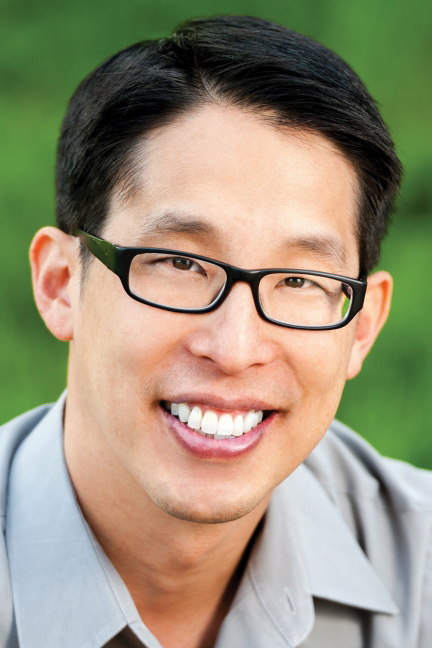Studio Views: How to Draw Comics the Yang Way
When I first started making comics, I drew on 2-ply Bristol board.
 When I first started making comics, I drew on 2-ply Bristol board. I inked with a sable hair brush and a bottle of India ink. Why? Because that’s how Stan Lee and John Buscema told me to do it in their seminal book How to Draw Comics the Marvel Way.
When I first started making comics, I drew on 2-ply Bristol board. I inked with a sable hair brush and a bottle of India ink. Why? Because that’s how Stan Lee and John Buscema told me to do it in their seminal book How to Draw Comics the Marvel Way.Like every other 1980s kid with comic book aspirations, I read How to Draw Comics the Marvel Way as if it were a religious text. After all, it came straight from the Marvel bullpen, the comics industry’s own Holy of Holies. Clearly, the Marvel Way was The Way.
But then I started meeting other cartoonists.
Jason Shiga drew all his pages on plain old typing paper. Jesse Hamm could ink with pretty much anything that made a black line — ballpoint pen, Sharpie, it didn’t matter. Lark Pien would often eschew black ink altogether, choosing instead to watercolor directly over her pencils. I realized that Marvel’s wasn’t the only way to make comics.
I soon gave up my sable hair brush and India ink for a Japanese brush pen. I used to have a nasty habit of accidentally spilling my bottle of ink over everything — my pages, my pants, myself. It got so bad that I had to have a special pair of pants just for inking. My inking pants.
The Japanese brush pen is wonderful. No more spilled ink, no more inking pants, and I can still get that slick, lively, black line.
I’ve also traded my 2-ply Bristol board for vellum, a see-through paper.
When I was drawing on Bristol, I kept having this one experience over and over. I’d finish a page, look it over, and say to myself, “Gene, you have got to be the best cartoonist ever because this is the best page ever!”
Then I’d put the page away for a couple of months. When I came back to it, I’d see all these mistakes I’d missed as I was drawing. Maybe a head would be too big, or an arm too long, or a leg too skinny.
Eventually, I discovered I could catch some of these mistakes by looking at my page’s mirror image. I began running to the bathroom with my Bristol board, examining it in the mirror, and then running back to my drawing table to fix it.
Now that I draw on vellum, I can look at the mirror image of my drawing by simply flipping it over. No more running to the bathroom.
Lately, I’ve been considering another switch, this time to a completely digital process. Not sure yet if I’ll do it, but I’m not worried about it being the wrong way. As Scott McCloud says in Making Comics, “There are no rules.” When it comes to comics, there is no The Way.
From the March/April 2014 issue of The Horn Book Magazine: Special Issue: Illustration. Click on the tag Studio Views for more illustrators.

RELATED
RECOMMENDED
ALREADY A SUBSCRIBER? LOG IN
We are currently offering this content for free. Sign up now to activate your personal profile, where you can save articles for future viewing.







Add Comment :-
Be the first reader to comment.
Comment Policy:
Comment should not be empty !!!